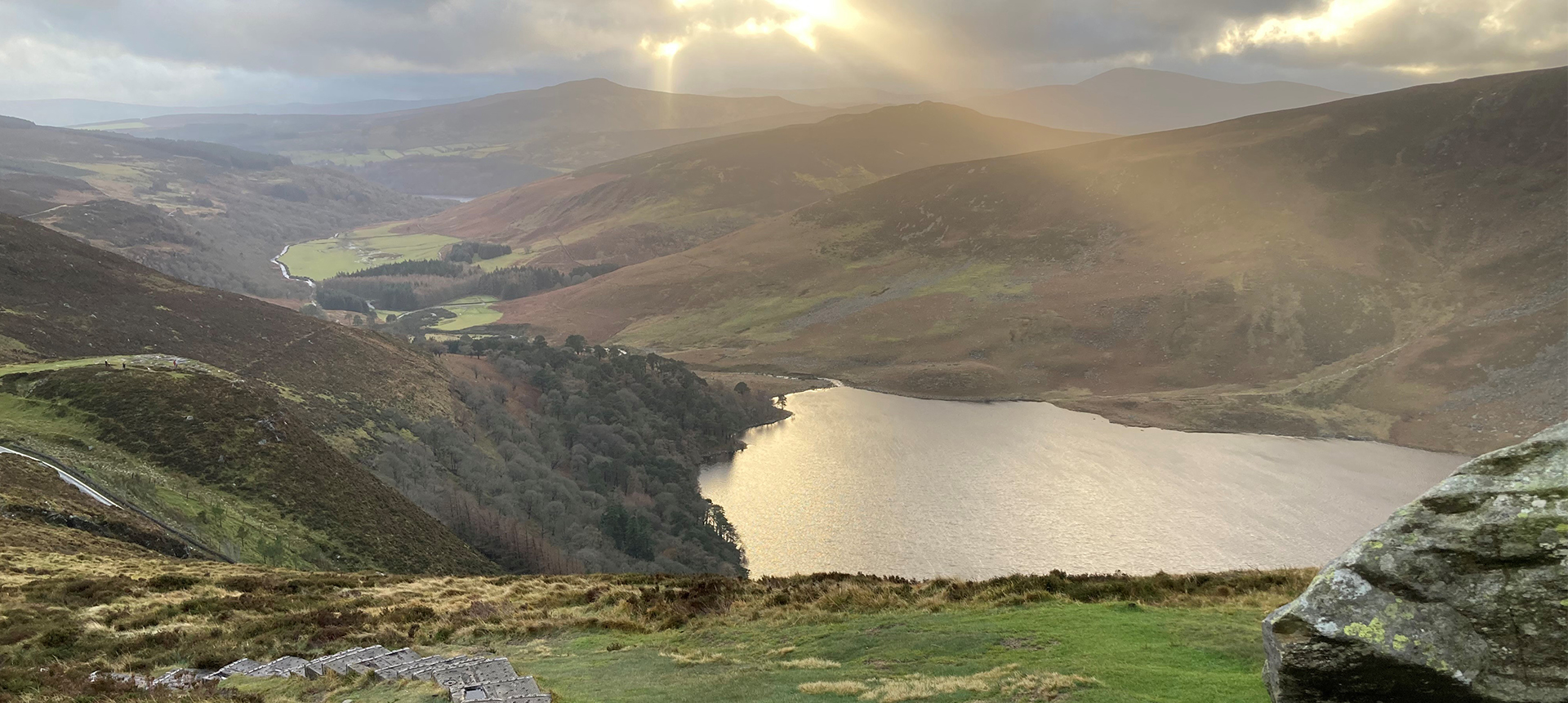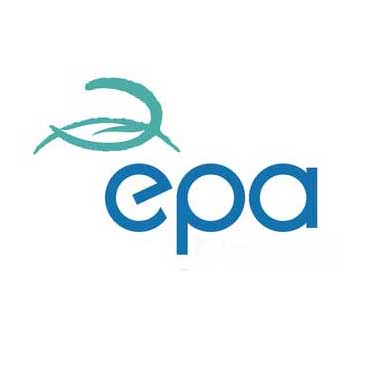The implementation of the Urban Wastewater Treatment Directive has led…
Significant Pressures: Agriculture
Agriculture is the most common land use in Ireland, covering approximately 70% of the country, the majority of which is in pasture. Agriculture has also been identified as the most prevalent significant pressure, impacting over 1000 waterbodies or approximately 60% of all waterbodies ‘At Risk’ of not achieving their environmental objective under the Water Framework Directive.
This is based on the most recent characterisation assessment using data up to 2021. In two thirds of waterbodies where agriculture is a significant pressure, additional pressures have also been identified.







